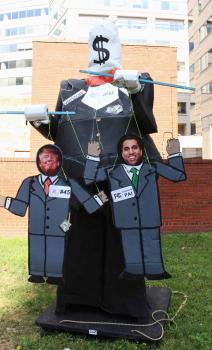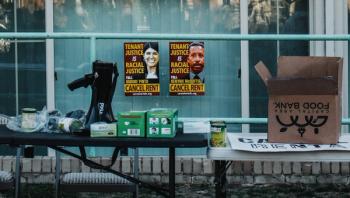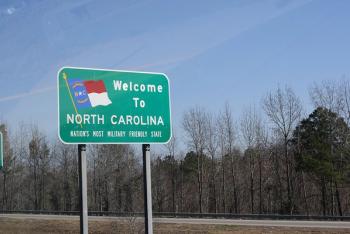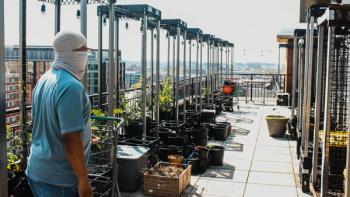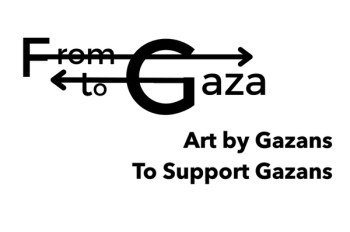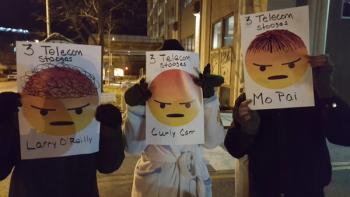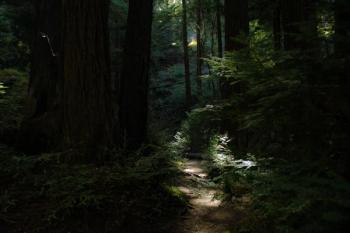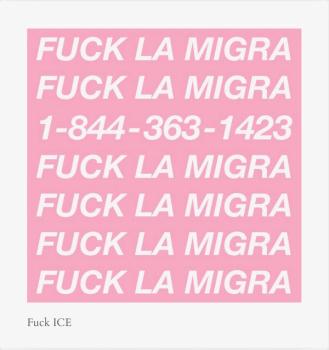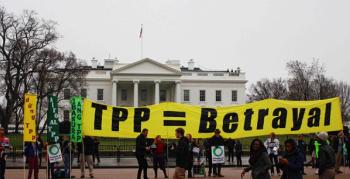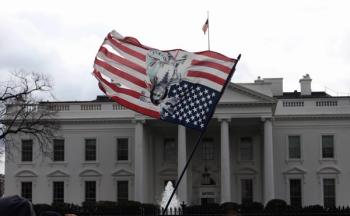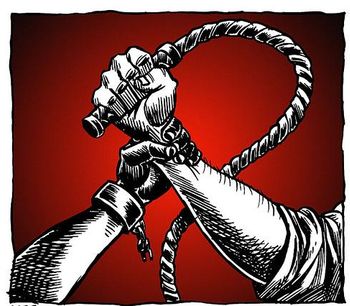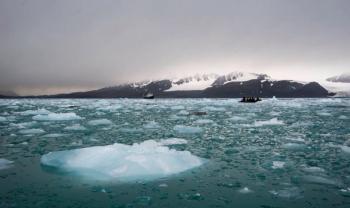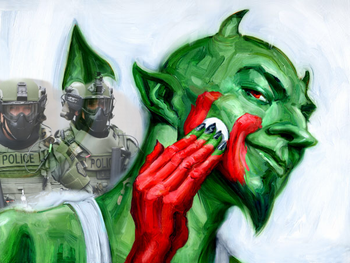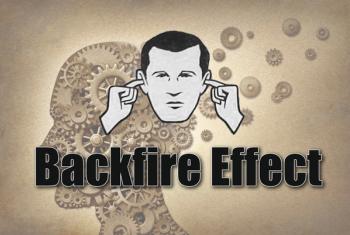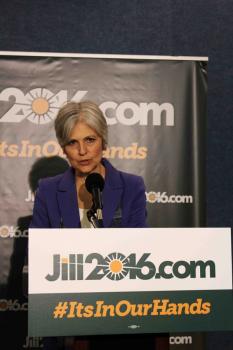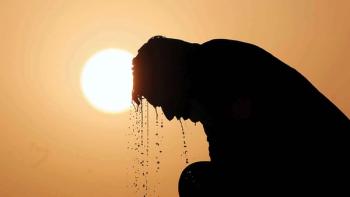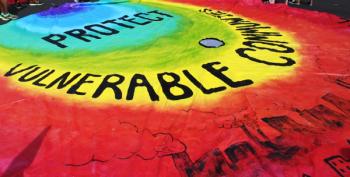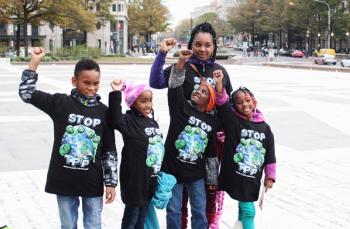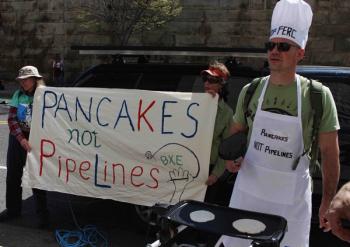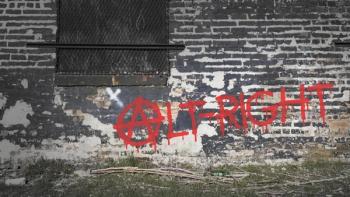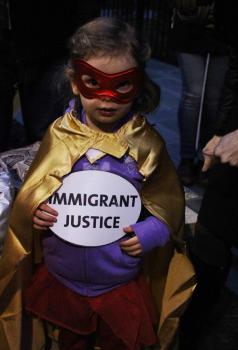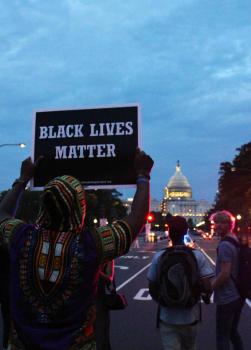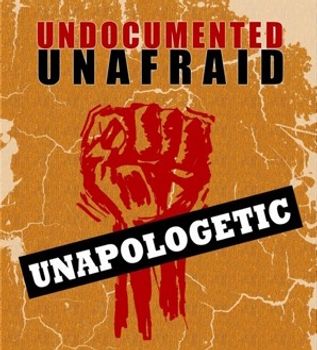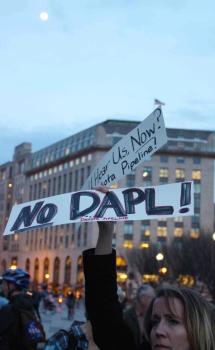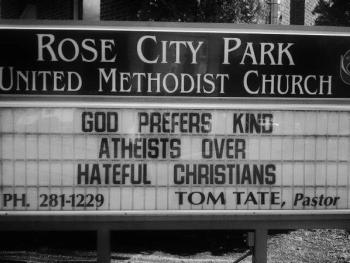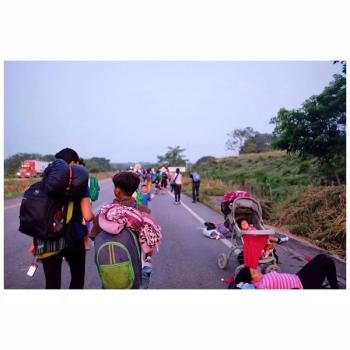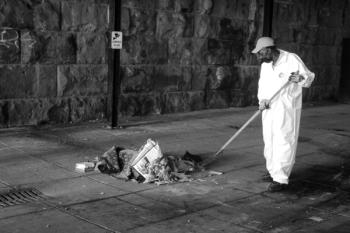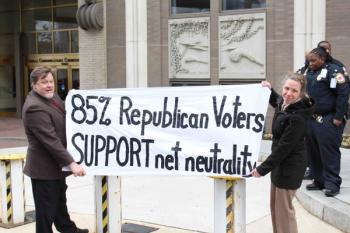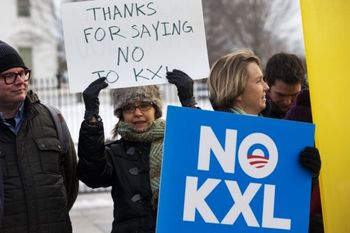
West Virginia and Alberta: Kin in the Fight Against Coal
2021-01-26
by Eleanor Goldfield
NOTE: This post originally appeared on my film Hard Road of Hope’s website. Pls visit that page to see more content about and from the film!
I was already anti-mining before I squeezed myself into a tiny Cessna plane and rumbled up and over the coal fields of West Virginia. But there’s something about seeing this devastation from the sky. Anecdotal horror becomes visceral shock. Even as a word nerd, I can not accurately describe the tempest of emotions that swirled inside me as the pilot and I hummed our way across an alternating landscape of autumnal majesty and Lord-of-the-Rings scale destruction.
I can only assume that Alberta Energy Minister Sonya Savage has never seen this devastation of mountain top removal [MTR] mining. If she has, she is truly a bona fide sociopath.
Back in May 2020, Savage quietly – and without consultation – revoked a coal policy from 1976 that blocked development on some parts of the eastern slopes of the Rockies and tightly restricted it elsewhere.
Although Ottawa (capital of Canada) has committed to phasing out so-called thermal coal, coal used for electricity, by 2030, it has yet to take a stand on steel-making coal, the kind used to produce steel. The proposed mines in the eastern Rockies would be marked for steel-making. Of course, the ecosystems at risk don’t really give a flying fuck what you’re using the coal for. Open pit mining – or MTR – decapitates these mountains, poisons the headwaters of precious streams and rivers, and as Paul notes in the film , destroys these ecosystems forever, regardless of what politicians and coal companies promise in terms of “reclamation.”
“It [MTR] is certain death for that mountain and it is irreversible. There’s a lot of conversation about reclamation, and ‘we put it back better than we found it’ – but those things are just not factual. In fact, they’re just blatant lies. You can’t put a mountain-top back anymore than you can crack an egg open and put it back together again.” – Paul Corbit-Brown, Hard Road of Hope
———
In late 2020, the growing opposition to the new coal policy in Alberta made it to my laptop. First Nations communities, ranchers, farmers and even artists were putting a call out to block mining in the Rockies. Elizabeth Williams made headlines earlier this month with the placement of a stainless steel monolith along the eastern slopes of the Rockies, the area marked for mining. Jumping on the media bandwagon that had cooed about monolith sightings around the world last year, Williams took the opportunity to use this medium as a clear message to protect her home place from this proposed destruction. “They deserve our attention. They warrant our protection. They are under threat,” she wrote in an instagram post .
Thanks to artful activism and grassroots organizing, more and more media outlets were shining a light on Savage’s attempt to sneak this policy shift under the radar. For her part, Savage threw up some classic political lip service assuring her constituents that “coal leases do not allow for exploration, development or production without a comprehensive regulatory review.” Well, that’s comforting.
While that regulatory review is currently underway, it has thankfully not quieted the critics.
Following ongoing public outcry, Alberta announced the revocation of 11 open pit mining permits, but still, this represents just a small portion of what remains open for mining. As Katie Morrison, spokesperson for the Canadian Parks and Wilderness Society of Southern Alberta explained in a recent interview with Global News , “I think they wanted to respond by looking like they’re doing something, but they haven’t done the most meaningful thing which would be to reinstate the coal policy, and make a commitment that there will be no new open pit coal mines in our sensitive Rocky Mountain areas.”
Latasha Calf Robe, Blood Tribe member, was similarly reserved in her celebration of the 11 revoked permits. “I quickly realized that this is no cause for celebration. There has still been no commitment to meaningfully engage and consult with First Nations people on the rescinding of the 1976 coal policy.”
And although Chief and Council of the Blood Tribe have announced their support for the Grassy Mountain Mining Project provided certain conditions are met including on-going consultation and reclamation, many Blood Tribe members have voiced public concern and condemnation for both the mining project and their Tribe leadership’s approval of the project.
The proposed 4.5 million tonnes-a-year Grassy Mountain Coal Project is one of the projects not covered by the recent revocation of permits. This massive mine would vivisect the Rockies near the headwaters of Oldman River, a vital source of water for municipalities, ranchers, farmers and First Nations reservations downstream.
Indeed, the risk to the Rockies isn’t just about the fragile and vibrant ecosystems at ground zero, it’s about what will rush downstream. As Paul explains in the film, coal has demolished West Virginia’s once pristine landscape of verdant valleys and blood vesseled waters. “In the process [of MTR], these valley-fills have buried more than 2,000 miles of streams and rivers. And they have buried those headwaters, that birthplace of rivers, in toxic waste.”
And as the saying goes, We Are All Downstream. West Virginia and Alberta are not geographic neighbors but they are kin in the fight against coal. There is no such thing as localized pollution – that’s not how ecosystems work. And it’s not hippie-dippie, but rather purely scientific to point out our interconnectedness. And it is only through interconnected and collaborative efforts that we will kill King Coal – once and for all.

